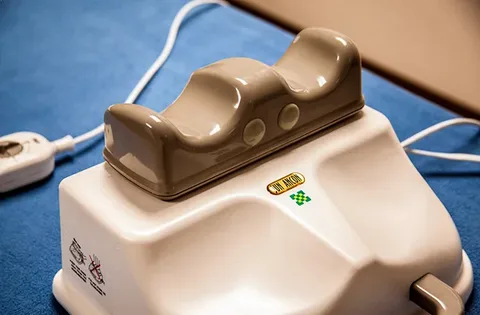For those looking for custom-fit hearing protection, molding your own silicone earplugs is a simple and cost-effective solution. Whether you’re trying to block out noise for better sleep, protect your ears from water while swimming, or reduce sound exposure in a noisy environment, making your own silicone earplugs can be a game-changer. This guide will walk you through the entire process, from gathering materials to shaping and curing your earplugs.
Why Choose Silicone Earplugs?
Silicone earplugs offer several advantages over foam or wax alternatives. They are reusable, durable, and provide a better seal when custom-molded to fit your ears. Unlike foam earplugs, which can lose their shape over time, silicone earplugs retain their form and effectiveness. Additionally, they are hypoallergenic and comfortable for long-term use.
Materials Needed
Before you start, gather the following materials:
- Medical-grade silicone putty (available online or at craft stores)
- Petroleum jelly or baby oil (for lubrication)
- Rubbing alcohol (for cleaning your hands and ears)
- A small mixing bowl (if required for your silicone putty)
- A timer or clock to track curing time
Step-by-Step Process
Step 1: Clean Your Ears and Hands
Begin by thoroughly cleaning your ears and hands with rubbing alcohol. This will remove any dirt or oils that might interfere with the molding process. Dry them completely before proceeding.
Step 2: Prepare the Silicone Putty
Most silicone earplug kits come with two components that need to be mixed together to activate the curing process. Follow these steps:
- Take equal parts of the two components.
- Knead them together until you get a uniform color with no streaks.
- This process should take about 1-2 minutes, depending on the brand of putty.
Step 3: Mold the Earplugs
Once the putty is mixed, it’s time to shape it to fit your ears:
- Roll the silicone into a small ball.
- Gently press it into your ear, ensuring it fills the outer ear canal but does not go too deep.
- Smooth the surface to create a comfortable and secure fit.
Step 4: Let the Earplugs Cure
The silicone will need time to set and harden. Follow these guidelines:
- Keep the earplugs in place for the curing time recommended on the package (usually 10-15 minutes).
- Avoid moving your jaw too much during this time to ensure a perfect fit.
Step 5: Remove and Test the Fit
Once cured, carefully remove the earplugs and inspect them for any rough edges. If necessary, smooth them out by trimming excess material. Test the fit by inserting them again to ensure they create an effective seal.
Maintaining Your Silicone Earplugs
To extend the lifespan of your custom earplugs, follow these care tips:
- Wash them regularly with warm, soapy water and dry them thoroughly.
- Store them in a clean, dry case when not in use.
- Avoid exposing them to extreme heat or direct sunlight.
When to Replace Your Earplugs
Silicone earplugs are durable but will eventually need to be replaced. Signs that it’s time for a new pair include:
- Loss of flexibility or shape
- Visible cracks or tears
- Reduced noise-blocking ability
Lifespan of Silicone Earplugs
The lifespan of silicone earplugs varies based on usage, maintenance, and quality. On average, high-quality silicone earplugs can last anywhere from two weeks to six months. However, proper care and storage can significantly extend their usability.
Factors that influence the longevity of silicone earplugs include:
- Frequency of Use: Daily use will lead to quicker wear and tear compared to occasional use.
- Cleaning Routine: Regular cleaning helps maintain their integrity and prevents bacterial buildup.
- Storage Conditions: Keeping them in a dry, clean case prevents contamination and extends their lifespan.
- Material Quality: Some brands offer medical-grade silicone that is more durable than lower-quality alternatives.
Signs That Your Silicone Earplugs Need Replacement
While silicone earplugs are built to last, they do not last forever. Here are some signs indicating it is time to replace them:
- Loss of Shape or Flexibility – If they become stiff or start losing their original form, they may no longer create a proper seal.
- Visible Dirt or Discoloration – Even with regular cleaning, earplugs can accumulate dirt and stains over time.
- Reduced Effectiveness – If they no longer block out noise or water as effectively as before, it’s time for a new pair.
- Unpleasant Odor – A lingering bad smell indicates bacterial buildup, which can be harmful to your ears.
If you notice any of these signs, replacing your silicone earplugs is the best way to maintain ear health and noise reduction efficiency.
Conclusion
Molding your own silicone earplugs is an easy and rewarding DIY project. Not only do they provide a comfortable, custom fit, but they also offer effective noise reduction and ear protection. With proper care, they can last for months, making them a practical and cost-effective choice. Follow this guide to create your own personalized earplugs and enjoy a quieter, more peaceful environment.
Read also this article













































